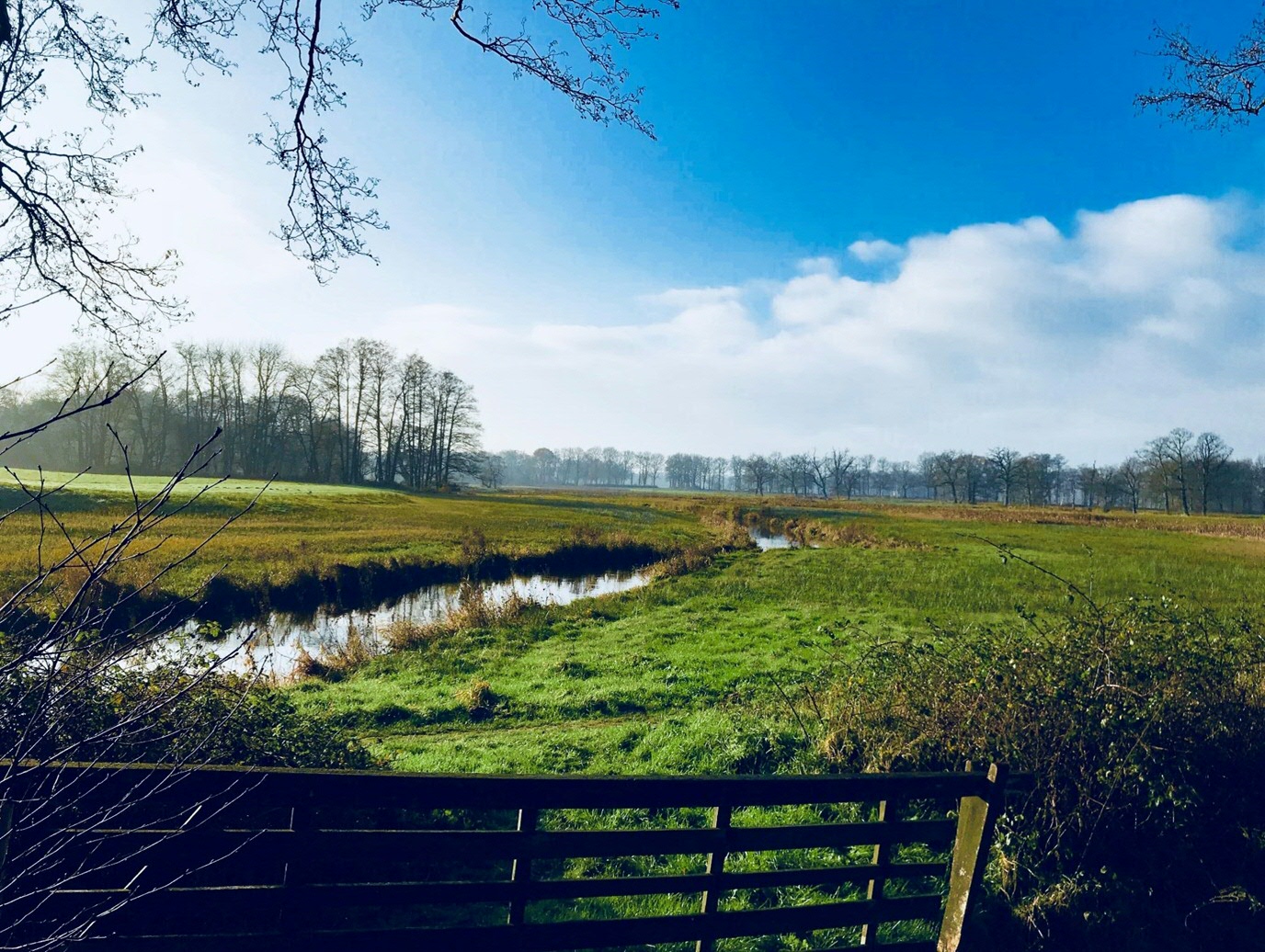Landscape-level vegetation conversion and biodiversity improvement after 33 years of restoration management in the Drentsche Aa brook valley

Authors: Weier Liu, Christian Fritz, Sanderine Nonhebel, Henk F. Everts, Ab P. Grootjans.
Journal: Restoration Ecology (accepted-online).
Abstract
Effects of restoration management on peatlands formerly used for intensive agriculture are rarely evaluated or discussed over larger spatial and temporal scales. Here, restoration of the Drentsche Aa brook valley was evaluated at the landscape-level. Detailed vegetation maps were used with 1982 serving as the baseline, 1994 representing vegetation before rewetting, and 2015 after rewetting. Based on the mapping typology and phytosociological records, 15 main vegetation types were distinguished. Species richness and Shannon index values were calculated as plant diversity indicators, and the number of rare species was used as a rarity indicator. Basic landscape metrics were evaluated as measures of spatial heterogeneity. Results after restoration measures showed extensive vegetation type conversions clearly pointed to lower nutrient levels, and an increase in marsh vegetation at the cost of wet meadows. Significantly higher landscape heterogeneity was achieved, while biodiversity indicators showed small differences over time due to a mixture of positive and negative changes at different locations. This study shows that long-term restoration management on agricultural peatlands can be successful at landscape level. Our experience highlights the importance of continuity in management given the prolonged influence by intensive agriculture, both from former land uses and from the surrounding valley flanks.
| Last modified: | 10 November 2021 2.20 p.m. |
More news
-
13 May 2024
Trapping molecules
In his laboratory, physicist Steven Hoekstra is building an experimental set-up made of two parts: one that produces barium fluoride molecules, and a second part that traps the molecules and brings them to an almost complete standstill so they can...
-
29 April 2024
Tactile sensors
Every two weeks, UG Makers puts the spotlight on a researcher who has created something tangible, ranging from homemade measuring equipment for academic research to small or larger products that can change our daily lives. That is how UG...
-
16 April 2024
UG signs Barcelona Declaration on Open Research Information
In a significant stride toward advancing responsible research assessment and open science, the University of Groningen has officially signed the Barcelona Declaration on Open Research Information.
